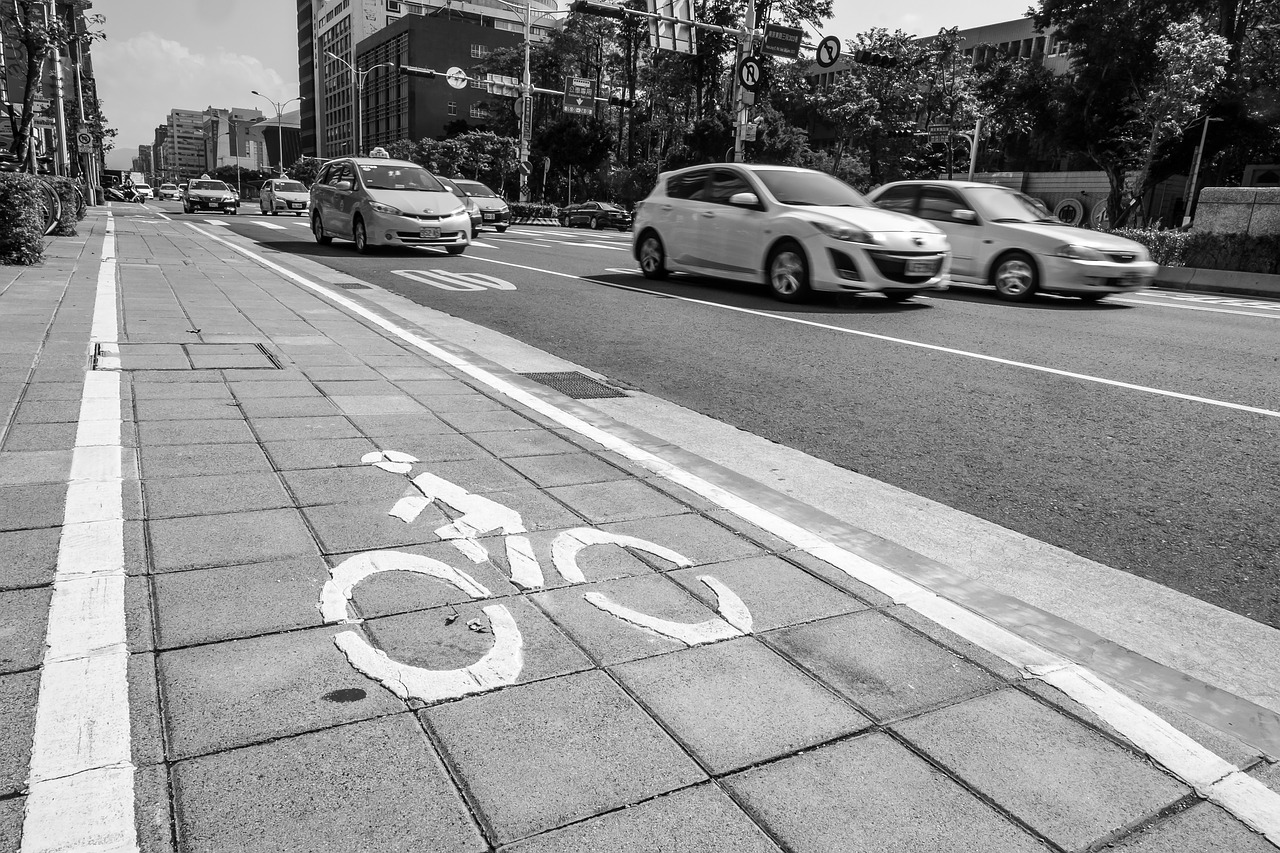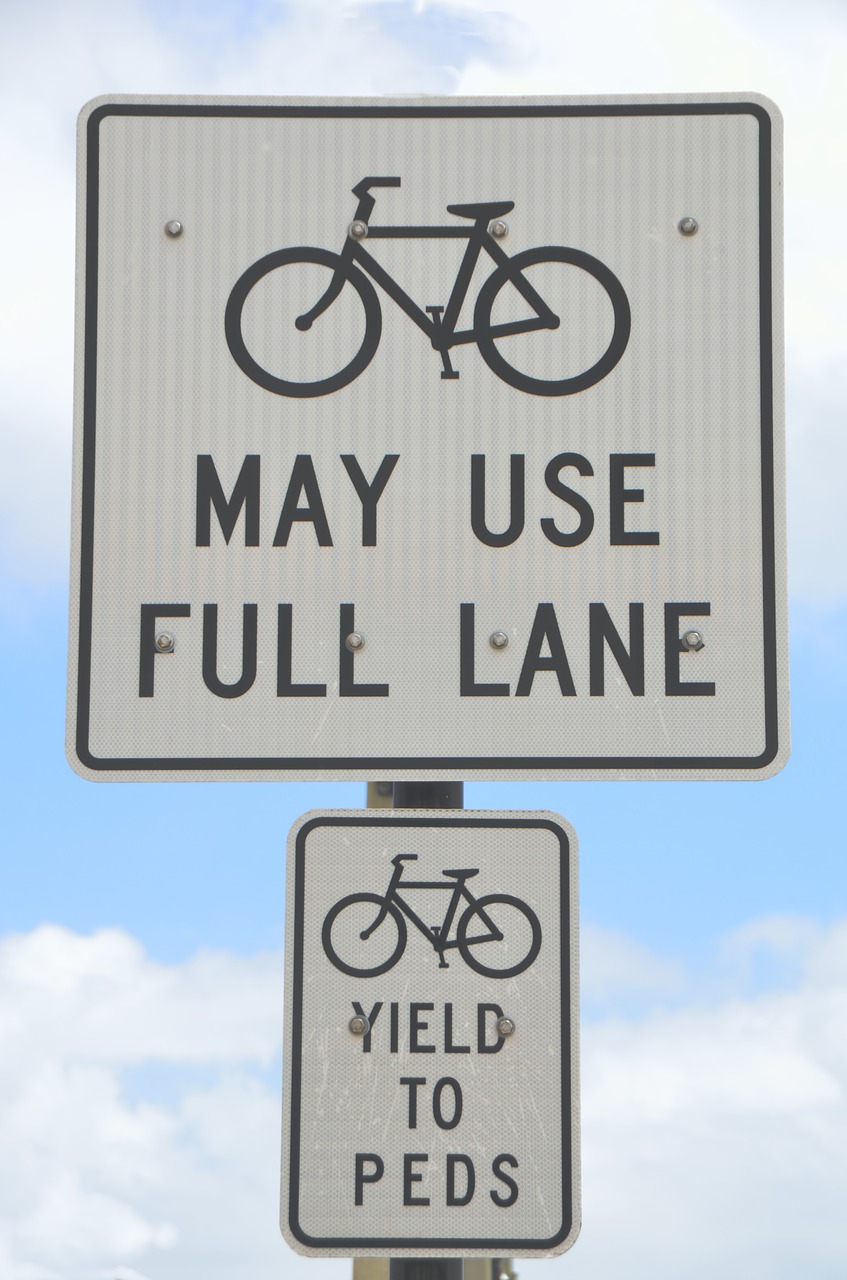
October 6, 2017
There are two well-established camps when it comes to infrastructure for bicycles.
On one side, there are those who follow John Forrester, a leader in cycling advocacy and a major influence in national cycling guidelines and policy since the 1960s. Forrester believes that cyclists should be treated as vehicles on the road, and adding additional cycling infrastructure actually leads to safety risks and inequity, since the presence of cycling infrastructure may suggest that bicycles do not belong in lanes with cars. This group is commonly known as vehicular cyclists.
The other group is commonly associated with Peter Furth – one of today’s academic leaders from the other camp. They believe in the Dutch model of providing separated, protected infrastructure for cyclists while ensuring equal prioritization between modes when it comes to funding, signal timing, maintenance, education, and enforcement.
The International Cycling Safety Conference (ICSC) last month in Davis, California recently played host to a clash between these two philosophies. Dr. Furth’s keynote questioned the problematic experimental design and statistics behind the claims of vehicular cyclists. Using direct quotes and numbers from Mr. Forrester, Dr. Furth debunked a series of “fake truths” and unraveled studies that have consistently conflated sidewalks with off-street paths, bike lanes, and cycle tracks.

While this focus on precise terminology may come across as splitting hairs, it is important that the definitions for transportation infrastructure reflect the true safety implications of design choices.
Dr. Furth suggested that cycling against traffic at high speeds on a sidewalk designed for pedestrians is indeed a dangerous act. However, when studies combine this type of activity with cycling in any environment that is not in traffic taking the lane and acting as a vehicle, much information is lost. Furth showed how the influence on policy has remained in engineering guidelines – so much that, even in 2017, the AASHTO Guide for the Development of Bicycle Facilities has 14 cautions against designing separated bicycle paths.
When accounting for sidewalk riding, normalized risk along road segments and intersections, and riding in the opposite direction of traffic, the results of studies arguing for shared vehicle and bicycle infrastructure suggest that dedicating right-of-way to bicycles may, in fact, improve roadway safety. There are additional, more recent studies designed to assess safety differences between mixed traffic, bike lanes, buffered bike lanes, and separated paths that show safety in separation.

Mr. Forrester sat in the front row for Dr. Furth’s talk. He was offered the microphone afterwards so that he could defend his vehicular cyclist arguments.
Suddenly, the attendees of the conference were witness to a Furth versus Forrester debate – where the new generation challenged long-held ideas with facts and disputed statistics that are still lacking in redundancy (and have only recently become available, to boot).
The afternoon keynote from Bill Schultheiss addressed additional concerns of the relationship between research, advocacy, and policy in the 1970s in regards to cycling infrastructure. The talk put the AASHTO guide in the spotlight as a policy document – influenced by advocates and yet billed as engineering guidelines.
 While the AASHTO guide provides research-backed roadway design guidelines for engineers, much of the text devoted to non-motorized transportation uses mushy reasoning, at best. This is emblematic of the larger issue in policymaking around bicycle and pedestrian infrastructure: we have neither sufficient studies nor data to make recommendations. For this reason, until agencies prioritize collecting quality exposure and crash data for bicycles and pedestrians, there will be few studies and many shaky results – especially in comparison to what informs vehicular infrastructure practices.
While the AASHTO guide provides research-backed roadway design guidelines for engineers, much of the text devoted to non-motorized transportation uses mushy reasoning, at best. This is emblematic of the larger issue in policymaking around bicycle and pedestrian infrastructure: we have neither sufficient studies nor data to make recommendations. For this reason, until agencies prioritize collecting quality exposure and crash data for bicycles and pedestrians, there will be few studies and many shaky results – especially in comparison to what informs vehicular infrastructure practices.
National roadway engineering guidelines are developed by governmental organizations and are inextricably tied to policy. Even when policy is informed by academic research, best practices are constantly evolving, and some papers reach the desks of Congress and DOTs more quickly and easily than others. The recommendation of the 1974 AASHTO guide to integrate bicycles with vehicles on the roadway is a prime example of why we need to make sure that policy is informed by sound, peer reviewed research. This would help to prevent undue influence from a small group of people who want to see public infrastructure built according to their own travel preferences.
Forrester’s studies were some of the first to examine cycling safety. His recommendations were easily adopted by roadway engineers, as he called for no additional infrastructure, safety measures, or funding. As cyclists continue to be struck – often fatally – by vehicles on the road, researchers have begun to re-examine what infrastructure keeps vulnerable non-motorized road users safe.
Hopefully those who develop the nation’s policy and guidance for transportation infrastructure will take note.




 While the AASHTO guide provides research-backed roadway design guidelines for engineers, much of the text devoted to non-motorized transportation uses mushy reasoning, at best. This is emblematic of the larger issue in policymaking around bicycle and pedestrian infrastructure: we have neither sufficient studies nor data to make recommendations. For this reason, until agencies prioritize collecting quality exposure and crash data for bicycles and pedestrians, there will be few studies and many shaky results – especially in comparison to what informs vehicular infrastructure practices.
While the AASHTO guide provides research-backed roadway design guidelines for engineers, much of the text devoted to non-motorized transportation uses mushy reasoning, at best. This is emblematic of the larger issue in policymaking around bicycle and pedestrian infrastructure: we have neither sufficient studies nor data to make recommendations. For this reason, until agencies prioritize collecting quality exposure and crash data for bicycles and pedestrians, there will be few studies and many shaky results – especially in comparison to what informs vehicular infrastructure practices.

